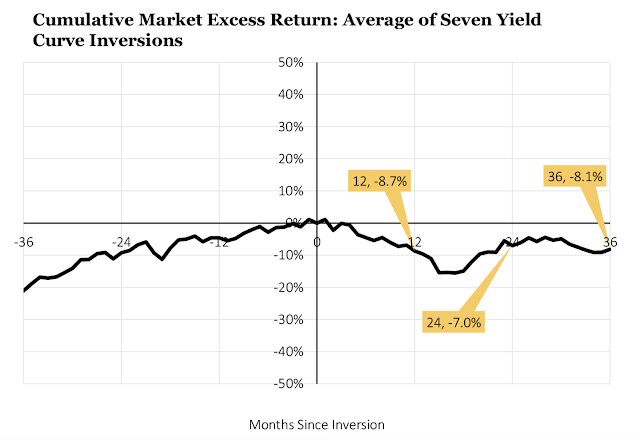
Decisions can be classified by their level of predictability and level of social influence. Some decisions are made by the individual while others are made as part of a group or influenced by the choices and decisions of past groups. There is an evolutionary and cultural component on how we make decisions that is not often discussed. Many decisions are collaborative and have been influenced by how decisions were made in the past.
This decision framework is presented in the short fascinating book The Importance of Small Decisions. They use a 2x2 matrix to how different decisions are made. Using a matrix between transparency and social involved to discuss how investment decisions are made can be informative and allow for some deeper insights on how to any improve decision-making.
There is a continuum of decision transparency. The transparency is the link between action and result, the feedback between the decision and its consequences. If there is no decision transparency, there is no potential for learning and improvement. Skill cannot be acquired if there is no transparency between prediction, action, and result.
Some environments are very transparent while others provide only a limited link between action and results. An environment that has very set rules is transparent. For example, a game like checkers is very transparent, but a game like poker is more opaque. Investment decisions are more opaque. In the simplest case, a decision to buy matched with a gain would be a transparent choice. Of course, there can be an error between any action and result based on a poor decision that happens to be correlated with the result.
The other dimension of a decision is the social relationship. Some decisions are done alone while others are part of a group based on shared information, knowledge, or a sense of community. A committee decision is a social. Some individual decisions are mixed because the choices made by an individual will affect others. Hence, there is a social component.
Each decision can be classified by the combination of social influence and transparency and can be placed in one of four quadrants. The second quadrant is where most decision choice work is done. Decisions in the third quadrant are guesswork. There is little chance for learning and corrective feedback. The first quadrant frames good inclusive decisions. The fourth quadrant can considered copying with little judgment. Action is taken because that is the way it has been done by peers in the past.
Most of the time spent in finance and economics is in the second quadrant of rational choice. Decisions are transparent and just involve the individual, yet the majority of the decisions that we make are in the other quadrants. There is less work done on opaque decisions by individuals, which fall into the category of guesswork. Investment decisions often fall into this category because it is hard to match the decision with investment results, yet there is little direct discussion of guesswork. Still, when there is more guesswork, there will be greater desire to avoid making individual decisions.
Often overlooked are the decisions that have a social component. Of course there has been significant work in game theory which discusses the interaction with others but there is also the more fundamental component of group decisions. Investment committees especially at larger firms are the norm and this makes these decisions a group process. There is a social component between the portfolio manager and the analyst which creates a group dynamic. Investors need to think about the cultural and social component of their decisions and determine whether they are helpful or a hindrance to their investment success.




























